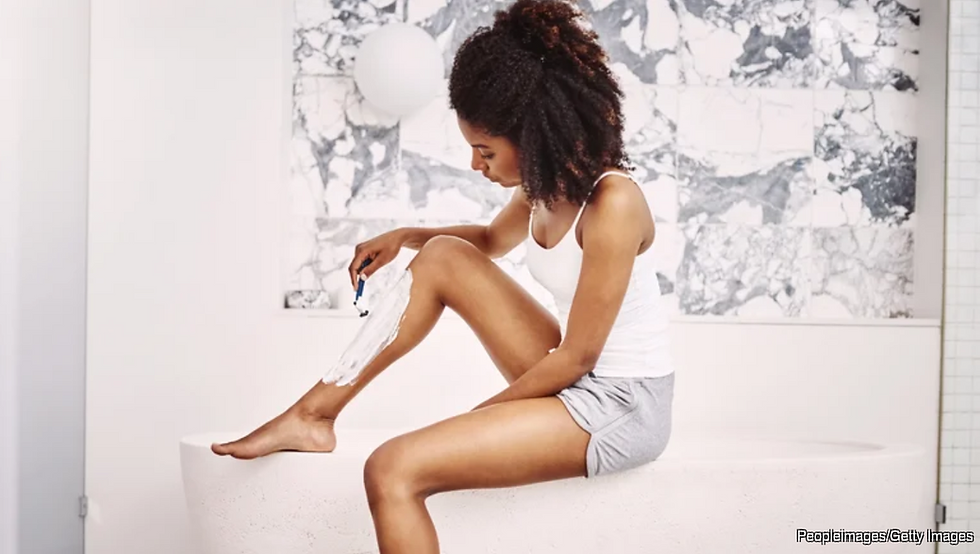
Removing hair can be a daunting and painful experience for anyone. Even those who have been doing so for years may find that it's still incredibly painful to pick up the waxing strips again. However, there are plenty of options for hair removal, giving you some area to explore the best method for you. Waxing, shaving, tweezing, laser hair removal, and epilating are just some of the ways to remove hair from your body. These methods may be better suited for certain areas of your body, while others are fairly universal. No matter what method you choose, you should always be aware of practicing proper care before, during, and after hair removal. Not only can an incorrect step leave you in pain, but it can also cause unfortunate skin issues like ingrown hairs.
Many of these methods can be done from the comfort of your home, making them the more economical choice for some. And although certain procedures may be less painful, they are costly and can add up over time. If you want to get the most out of your at-home hair removal, you must avoid the common mistakes many make. Although blunders are inevitable, knowing how not to remove your hair will ensure you're more cautious. Once you know what not to do, hair removal will be a breeze and become second nature.
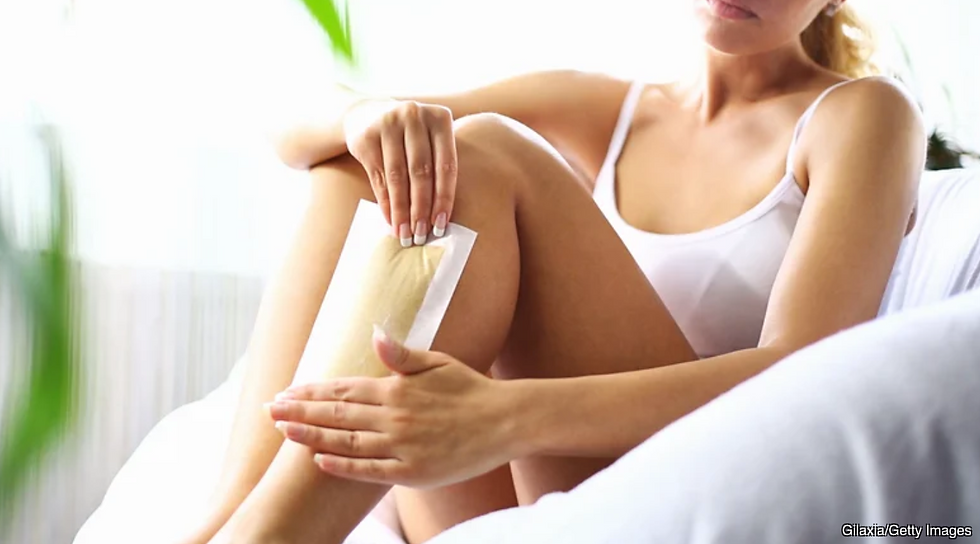
Shaving or waxing in the wrong direction
One of the easiest ways to mess up your hair removal process is by removing the hair in the wrong direction. While it may seem like it doesn't matter much, waxing or shaving in the wrong direction can cause ingrown hairs to appear. Ingrown hairs aren't detrimental to your health but can be bothersome and challenging to remove. Whenever you're shaving or waxing, you want to go in the direction of your hair growth. Going against the hair will pull the hair from its root and back toward your skin. Ingrown hairs occur when the hair penetrates the skin and grows in a different direction. Pulling it away from the skin will eliminate that risk and make way for a smoother touch.
Moving towards hair growth applies to various hair removal scenarios, whether waxing or shaving. However, there are instances where it's difficult to find out the exact direction of your hair growth. This can mainly happen near the bikini line, where hair can grow in various directions. In this case, it's much more important to shave gently and as close as possible to the hair.
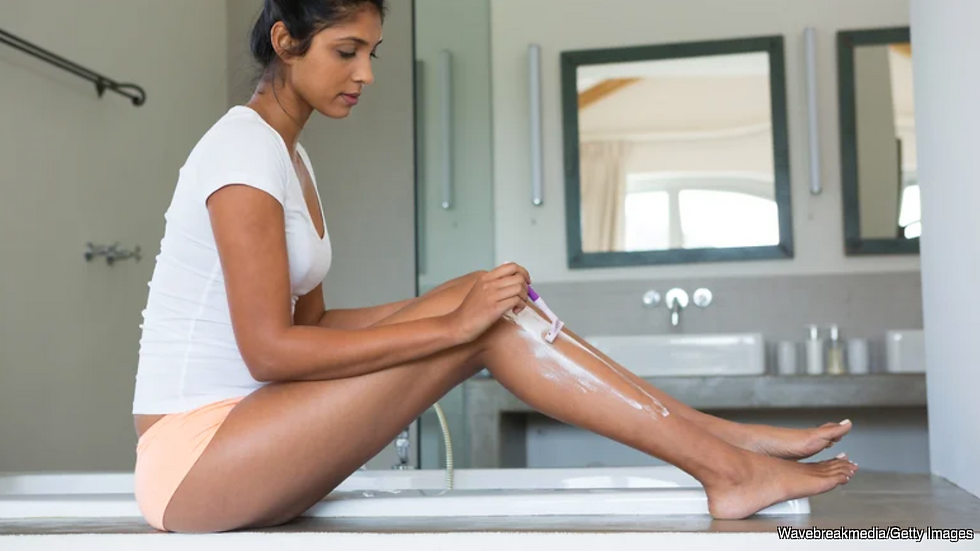
Forgetting to replace your razor
When choosing to shave, all you need is shaving cream or lotion and a trusted razor. Although razor blades can come in various price ranges and qualities, it's a tool you want to invest in rather than save money on. Cheap, disposable razors are typically useful for emergencies where you need to shave immediately. However, in the long term, you want to invest in a quality razor with good blades. Once you've chosen the best razor for your skin, you need to ensure you are changing it before it runs dull.
Dull razor blades can easily cut your skin and cause discomfort, per Gillette Venus. These battle wounds from shaving can be more painful than switching out your razor. While there's no specific number for switching out your blades, it's typically suggested to do so every five to 10 shaves. This range can become shorter or longer depending on the thickness of your hair. If your razor blade becomes clogged sooner, you'll want to switch it out quickly. If your hair is thinner, you could get away with longer shaves before needing to change the blade.

Skipping exfoliation
Before waxing or shaving, you need to exfoliate if you want clear and smooth skin afterward. Exfoliating the skin before shaving will help your razor work more efficiently by removing the dead skin cells that can build up on the body and face. If these dead skin cells accumulate on the razor while shaving, they can make the process less clean and smooth. The build up will inevitably ruin your close shave, leaving you with light stubble instead.
If you're waxing, you also want to remove the dead skin cells from your body. However, you want to be more careful about how vigorously you exfoliate the skin before a waxing appointment. Whether you're going to a professional or doing it from home, you'll want to start prepping the skin a day or two before. This gives your skin some extra time to heal before you wax. Exfoliating can leave your skin sensitive and vulnerable, meaning you want to give it time before exposing it to hot wax.
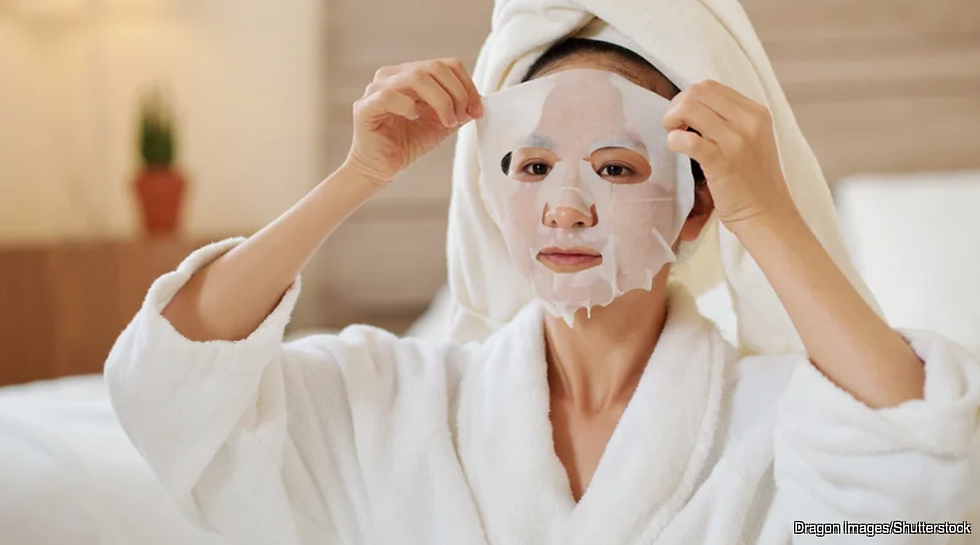
Not pausing your skincare routine
Everyone knows that a proper skincare routine is crucial if you want a smooth complexion. Whether it's on your face or body, a great regimen can take you far with getting healthy and glowy-looking skin. However, you want to ensure you aren't using any potent or harsh ingredients before shaving or going to a waxing appointment. Ingredients like retinol can leave your skin vulnerable and sensitive while the cell turnover process occurs. During this time, your skin has to avoid harsh and abrasive actions like shaving or waxing, to prevent burns or irritations.
If you're currently using retinoids or retinol in your skincare routine and have a waxing appointment soon, you should stop using the ingredients at least two days prior. In more professional hair removal cases, like laser hair removal, you should give your skin a week-long break from active ingredients before going in for your appointment. Although it may put a damper on your skincare routine, it's best to avoid these harsher ingredients altogether before hair removal to avoid unnecessary pain.
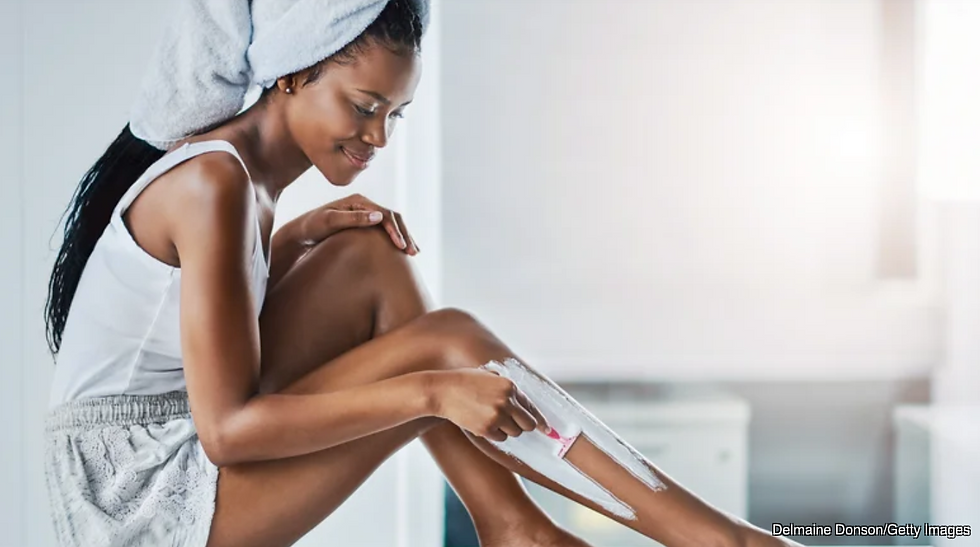
Avoiding skin prep
The journey to efficient hair removal starts before you pick up your tools. Prepping your skin before waxing or shaving will ensure a silky, smooth finish, and it doesn't have to be too extensive. Besides exfoliating, you also need to ensure your skin is ready for the procedure. When the skin is well taken care of and moisturized, the hair will fall off easier and make for a quicker and closer shave. To properly hydrate your skin, ensure it has soaked or has been under warm water for around three minutes. This will open up the hair follicles and make it much easier to get to the root of the hair. If you're waxing, you should dry off the skin before applying wax.
Although many would find it easier to shave on dry skin, it can be much riskier and more painful. Apart from damp skin, you need to apply shaving cream, gel, or lotion to the area you want to shave. These products can help add a barrier to your skin against small cuts or burns from the razor. If you choose to wax, your skin prep is simply washing and drying your skin on the day of.
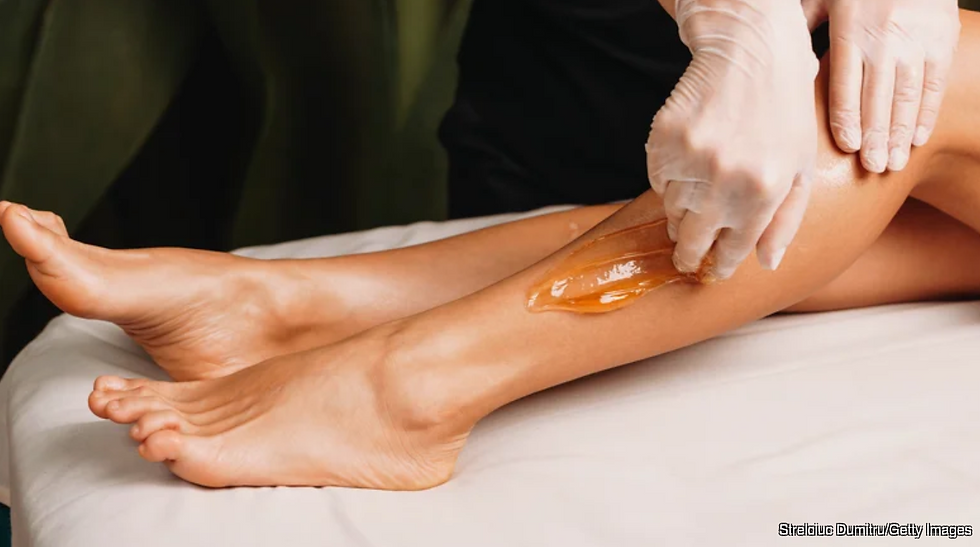
Not choosing proper treatments
Because not everyone's skin is the same, you can't expect every hair removal method to work the same. Certain tools or methods can be less efficient depending on your skin type and the area of your body where you're removing hair. If you're hoping to remove hair from a large area, you're best option is shaving, which can quickly cover a big area. Other options, like waxing, are better suited for smaller applications like eyebrows, lips, or arms. However, it can be used on larger areas, but it may take more time to successfully clear.
Other methods like sugaring can be the best option for those with sensitive skin that need to remove hair from a large area and find shaving to be too irritating. Although not as painful as traditional waxing methods, sugaring can be challenging on darker skin tones as it can cause discoloration in the process. However, laser hair removal can give those with darker skin a more lengthy hair-free time frame with no fear of injury, thanks to recent technological advancements, per My Imperfect Life.
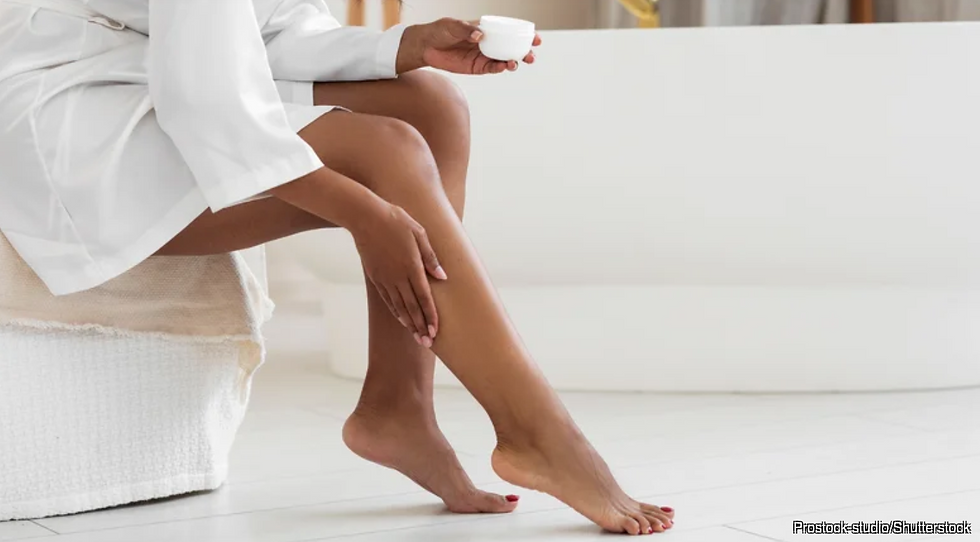
Forgetting to care for your skin afterwards
Where many go wrong after hair removal is not taking care of their skin properly. While many just shave and go about their day, your skin is exposed to many elements that can cause issues and ruin the look you want. After hair removal, you'll want to apply sun protection to cover exposed skin. As we know, hair removal can make your skin extra sensitive, meaning you'll need enough coverage to shield it from the sun's UV rays. Also, make sure to apply enough lotion to keep your skin hydrated after hair removal. Dry skin can crack and cause itchiness and discomfort. Moisturizing every day after removing hair will keep the skin looking and feeling fantastic.
Once you're done shaving, wash off any leftover product and dry your skin carefully. You should never rub or forcefully dry off your skin, as this can be too abrasive. Instead, gently pat yourself dry to avoid any irritations. Also, use soothing products that can calm down irritated and red areas.
Get yourself a proper waxing today with The Shampoo Lounge. Too lazy to make one for yourself? Relax, we will create one for you. The Shampoo Lounge has been attending to an international and Indonesian clientele since 2012 so check out our instagram, our website and our TripAdvisor reviews! We can’t wait to have you in.
➡️ BOOK NOW: https://www.shampoolounge.com/bookingblog
Article written by Leslie Leon for Glam.com

Comments